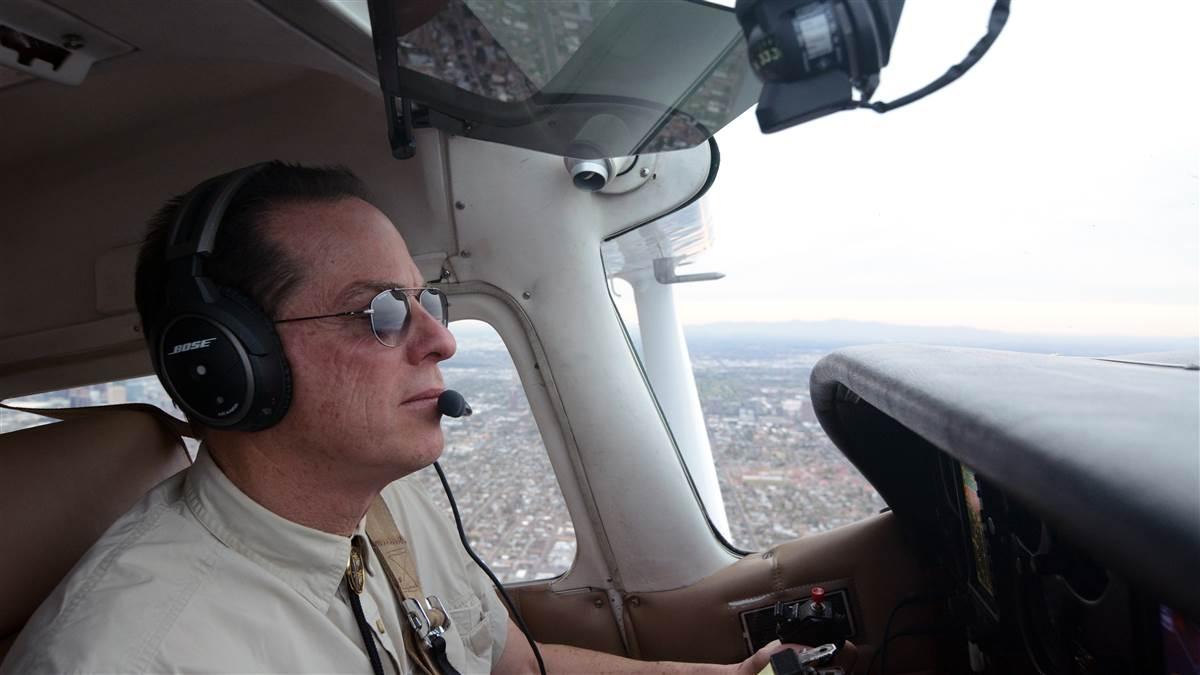Flying Carpet: Sworn to secrecy

www.GregBrownFlyingCarpet.com
“Of course, you’d have to keep the location secret,” he added. Whether gathering blueberries, mushrooms, or antlers, nobody wants to reveal their private motherlode.
I immediately agreed. Like most pilots, I thrill to exploring Earth from above.
Obviously, identifying even the largest antlers from the air would be impossible, so I asked for details. My friend’s interest was not in spotting antlers per se, nor even animals. Rather, he sought the lay of the land: identifying established back roads, hiking-access points, and wildlife trails and water sources where shedding animals might congregate. All these could be assessed with binoculars from a prudent altitude.
This fellow knew as little about aviation as I do about antlers, so he asked the legalities of aerial spotting. Obviously, FAA regulations define minimum flight altitudes in given environments, and we’d need to avoid charted conservation areas. Upon investigating wildlife conservation rules, however, I learned that my friend’s seemingly benign mission was more complicated than it sounded.
In Arizona, for example, it’s illegal to hunt or game-spot for hunting from aloft—there’s nothing sportsmanlike about aerially targeting or herding animals toward hunters. Scouting anything else from the air is unregulated, and collecting antlers is legal, providing they’re naturally shed and not attached to a skull.
None of this might sound relevant to the average pilot, but appearances matter. State wildlife officials recently approached a flight instructor after identifying his aircraft circling over forestlands. He’d simply been teaching ground reference maneuvers, but they wanted to make sure he wasn’t illegally hunting or game-spotting.
While few other conservation rules apply specifically to aviation, many could indirectly affect a spotting flight. Gathering natural items of any kind is prohibited in national and state parks, so those are areas to avoid. Also, some states now regulate antler gathering through calendar and permit requirements. Such restrictions reflect growing concerns about human-caused stresses affecting wildlife health and numbers. Even too many hikers can stress wild animals.
Arizona Game and Fish pilot Ryan Lunde says that one of his department’s biggest issues with “taking sheds” is illegal motorized travel to collect them. It’s such a big problem that in the spring, they fly law enforcement officers looking for off-trail antler hunters riding ATVs. We pilots become part of the problem when flying low over wildlands, both as noise generators and because many animals are instinctively sensitive to winged predators.
What constitutes responsible piloting over potential wildlife areas? Lunde suggests that where permitted, brief forays at 500 feet or more above ground are unlikely to affect most wildlife, although areas with more sensitive animals such as pronghorn antelope are best viewed from higher. Obviously the longer an aircraft loiters over a small area, the more intrusive it becomes. Fly cross-country a minimum of 1,000 feet over wildlands, and stay 2,000 feet above national parks, wilderness, and conservation areas.
Part of being a good pilot is being a good citizen. Responsible flying wins friends for general aviation, and helps protect our piloting privileges from further regulation. Just as we respect human neighbors by avoiding housing and recreation areas at low altitude, let’s be considerate of the wildlife we treasure for photography, bird- and animal-watching, hunting, and fishing. Even if sworn to secrecy for individual scouting missions, let’s spread the word about low-impact wildland aviating, to benefit our feathered and four-footed friends.



